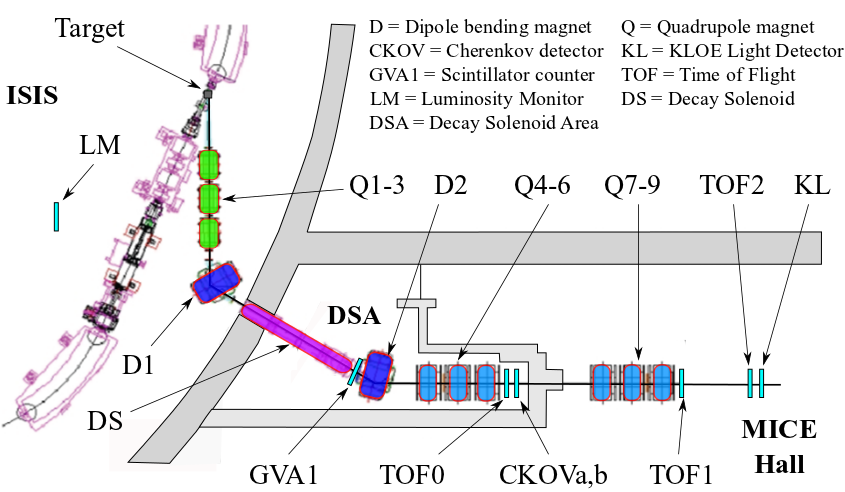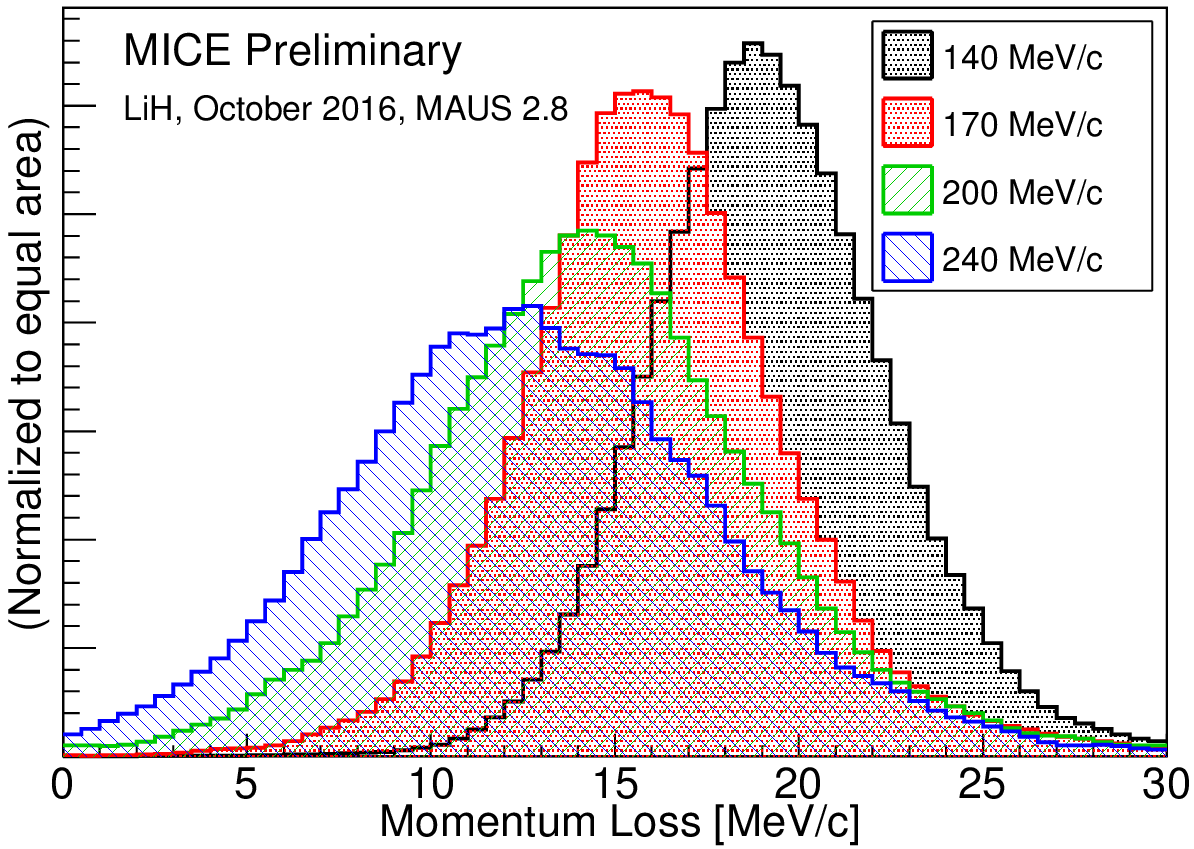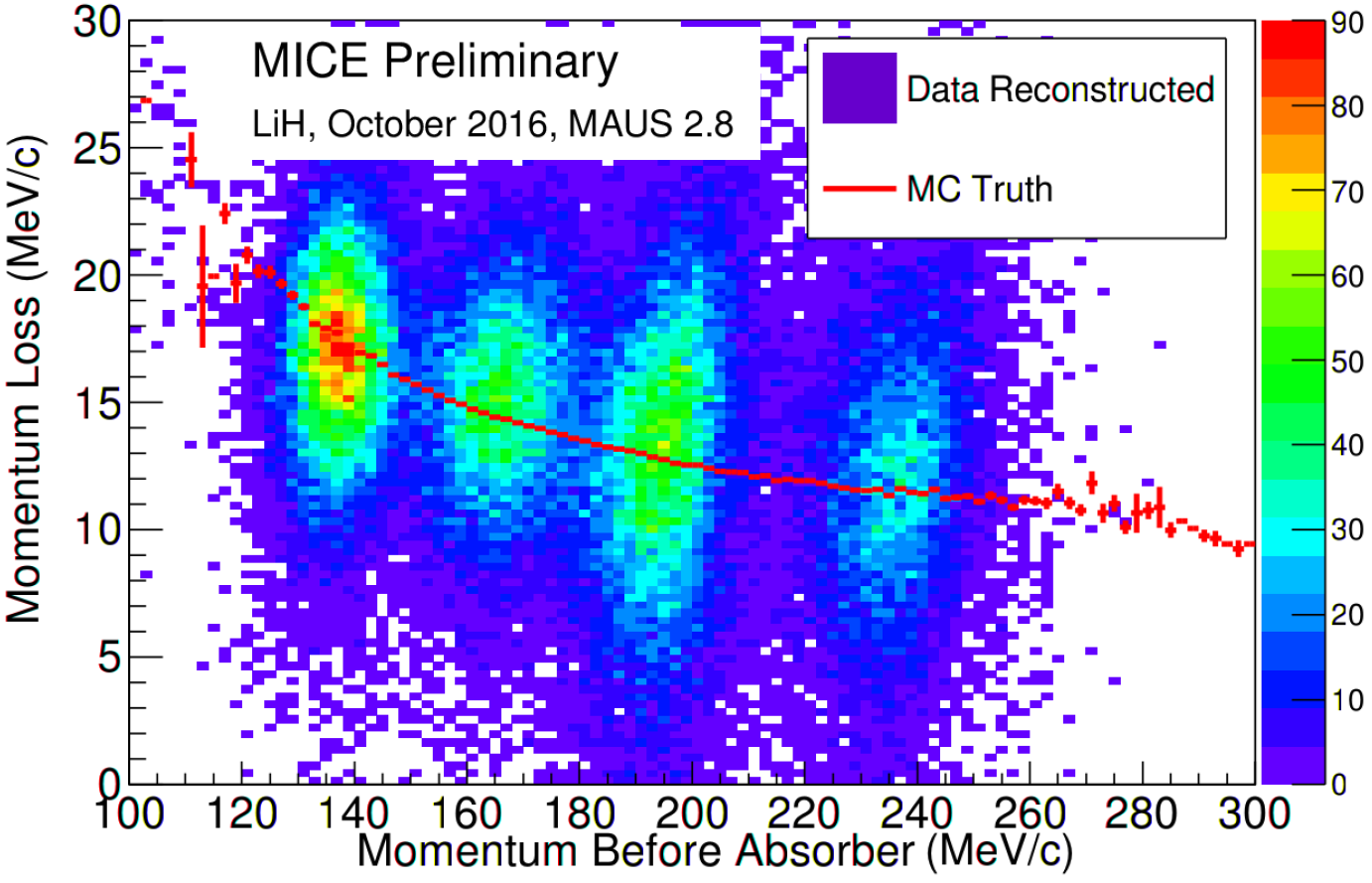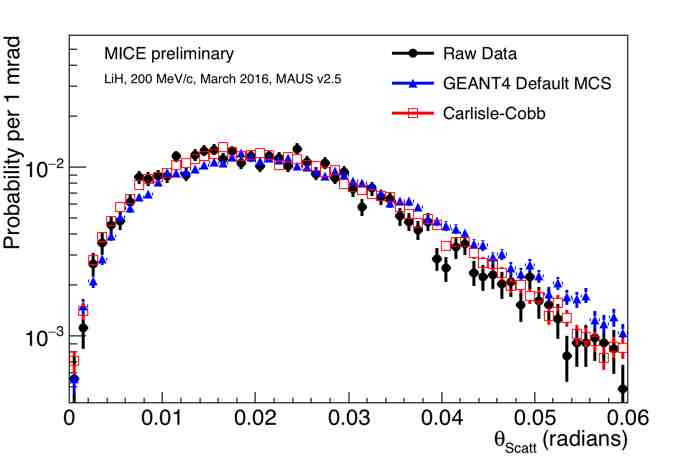
The International Muon Ionization Cooling Experiment (or MICE) is a high-energy physics experiment which completed running in 2017. MICE was designed to demonstrate the ionization cooling of muons, succeeding in 2019 (. In particular, this is a process whereby the emittance of a beam is reduced in order to reduce the beam size so that more muons can be accelerated in smaller aperture accelerators and with fewer focussing magnets.
MICE provide the basis of understanding for the future development of the injection stage of a muon-antimuon collider which could then provide precision measurements of the properties of, for example, the Higgs boson, and create intense beams of muon-neutrinos and antineutrinos. Either of these could potentially discover a route Beyond the Standard Model (BSM) physics.
APPARATUS:
The MICE apparatus has been assembled at Rutherford Appleton Laboratory and uses the ISIS proton synchrotron to deliver pulses of muons. In ISIS, bunches of protons are accelerated to 800MeV and directed towards one of the two main target stations fifty times per second. Every so often, a titanium target is dipped into the edge of the main proton beam in the synchrotron ring, creating scattered pions. A fraction of these pions is accepted by a set of magnets. These charged pions and their decay products, muons, are directed towards the MICE apparatus. The polarity of the magnetic field can be reversed, enabling the study of muons and antimuons separately.

The trajectories of the particles (muons, pions, and electrons) in the MICE apparatus are detected by time-of-flight counters (TOF), Cerenkov detectors, KL (KLOE light) detector, EMR (Electron-Muon Ranger) and trackers. The trackers are multi-wire grids placed in the bore of a solenoidal magnetic field (up to 4 Teslas). The field twists the tracks into spirals to give a more precise determination of the trajectories. There is one tracker for incoming particles, and one tracker for outgoing scattered particles.
The flux of particles is low enough so that individual particles can be followed through the apparatus. Therefore, the effect of the scattering medium can be studied on a particle-by-particle basis and compared with detailed computer simulations. Particle identification (is it a muon, pion, or electron?) is achieved by TOF, Cerenkov, KL, and EMR.
PHYSICS PLOTS:

Graph showing the loss in momentum of individual muons due to scattering processes in Lithium Hydride, binned into 1-d histograms. The initial nominal momentum of the muon beam is shown in the insert top right.

Intensity plot that bins the loss in momentum of each muon due to scattering processes in Lithium Hydride as a function of its initial momentum in a 2-d histogram. The intense patches occur around the nominal momenta of the incoming muon beams. The red curve indicates the expected average momentum loss.

This next figure shows the distribution of scattering angles of 200 MeV/c muons due to the muon beam traversing the lithium hydride absorber. This is compared with: the convolution between the data obtained without the absorber and the GEANT4 prediction of scattering in lithium hydride; and the convolution between the data obtained without the absorber and the Cobb-Carlisle prediction of scattering in lithium hydride.
